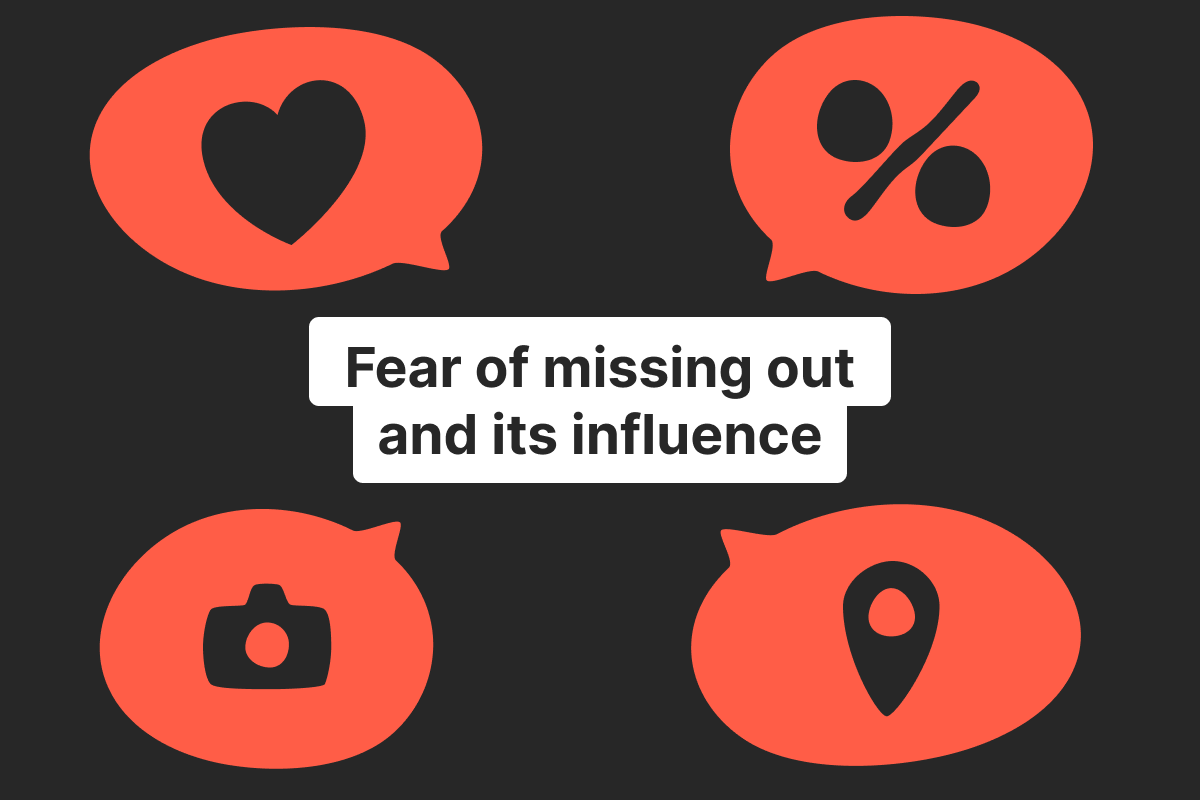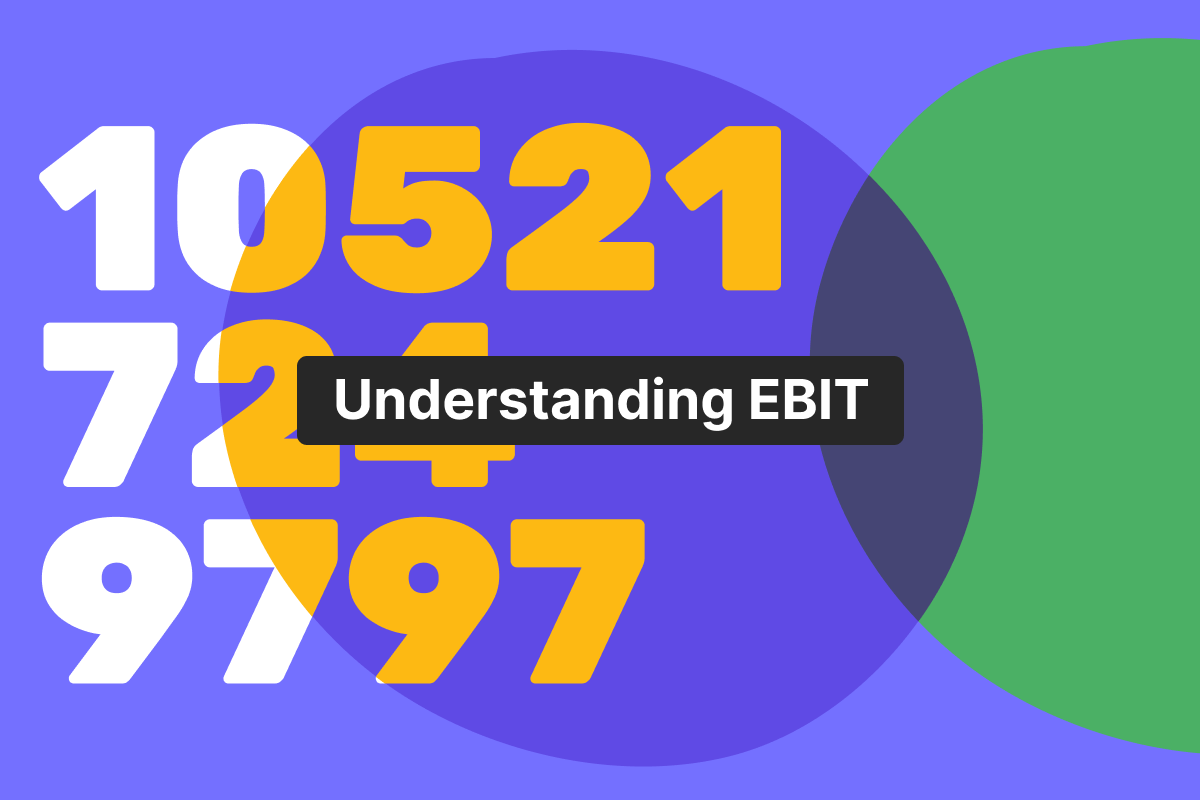Genome Blog / articles / Does FoMO control your spending habits? How to manage it
Apr. 12, 2024
Ah, the social pressures of today. People have to navigate through a lot of complicated and exhausting situations both at work and in personal matters. And, at the end of the day, when it’s time to kick off your boots, many choose to surf the internet just to encounter another trap. The fear of missing out (FoMO) for short.
Let us make the situation a bit easier for you. In this article, we at Genome want to dive deeper into explaining what FoMO is and how to navigate your finances through some of the social pressures associated with it.
What is a FoMO?
How often do you encounter a situation like this: you scroll the Instagram feed and a picture captures your attention. It is a magnificent photo of someone at the luxurious beach, drinking expensive cocktails in the sun. You continue scrolling and now see an influencer, branding an expensive outfit in a 7-figure supercar.
So you see that and start to think: “What am I doing wrong? How come I can’t afford such experiences and products?”
This is a fear of missing out (aka FoMO) in a nutshell. It refers to the anxiety or apprehension people feel when they believe others are experiencing something enjoyable or fulfilling, and they are not.
Although the term was first coined in 2004, the age of social media we live in only spreads this anxiety further, making FoMO relevant to this day.
The negative effects of FoMO
The fear of missing out can have negative consequences on the person’s emotional and even physical states. Most commonly:
- The FoMO entails that a person spends a lot of time online comparing themselves to others. It sometimes results in an unhealthy addiction to social media.
- This kind of addiction can also lead to the disruption of sleep patterns – you scroll the websites excessively instead of sleeping. The person’s concentration on daily tasks becomes even more fractured.
- Psychologically, the constant comparison with others leads to feelings of jealousy and inadequacy.
- As a result, a person starts to doubt their own self-worth, feeling unfulfilled.
- In most extreme cases, a person can even fall into depression, neglecting their needs and communications with family and loved ones.
- If a person decides to act on their FoMO desires in this state, it can lead to them making impulsive decisions, creating a strain on their finances.
- Moreover, a person will simply do and buy certain things just to fit in – their heart won’t be into it, so they will not be able to genuinely enjoy the experiences they are so jealous of.
- It creates a cycle of behavior: a person does something due to social pressures, finds the activity unenjoyable, thinks that they do something wrong, and moves on to the next trendy thing, which likely won’t bring them any happiness as well.
As you can see, the fear of missing out can grow out of control and have devastating consequences for one’s mental health. In cases like this, it is easy to say, “Just stop scrolling” – it doesn’t work like this, as the issue is psychological.
To prevent the negative consequences of FoMO, you need to:
- Limit the time you spend on social media (do not deprive yourself completely; such extremes rarely lead to something good);
- Set realistic expectations for yourself;
- Communicate your feelings to your family and friends – creating connections with others can often be quite fulfilling, filling out the empty space in one’s head created by self-doubt;
- Find something better to do – hobbies and activities not only allow you to rest from social media, but also enrich your life beyond it.
- Last but not least, if you feel like fear of missing out is taking control over your life, don’t hesitate to seek out support from a therapist or counselor.
In addition to negative psychological effects, the fear of missing out can negatively affect your spending. After all, to fit in, some people are ready to go the distance and spend a lot of money on new and trendy things.
In addition, we cannot underestimate the impact of social media marketing and how it is pushed via influencers. Product collaborations and advertisements are heavily featured on the pages of your favorite content creators. Not to mention the hidden marketing tactics, such as when social media personalities don’t disclose that they are being paid, for instance, for placing branded water bottles on their desks.
The Schwab’s 2019 Modern Wealth Index Survey revealed some fascinating figures. According to it, 49% of US millennials and 44% of Gen-Z were influenced by social media to spend money on experiences. Moreover, 48% and 41% of them, respectively, spent more funds to participate in social experiences than they could afford.
How to control your spending and FoMO habits?
Let’s be clear – you don’t have to delete all your apps and limit your time to escape your fears of missing out. It will just turn into another extreme! Moreover, a moderate case of FoMO can be quite nice, for instance, if you want to treat yourself to something you really want to buy or experience.
To do so in a healthy and pleasant way, you need to set goals and devise rewards for achieving them. These can be anything — from reaching a milestone in your hobby to getting a promotion at your job.
We, however, advise starting with something small and easy. Your first goal can be monthly budgeting. Yes, we know – budgeting sounds very boring at first. However, there are 3 reasons why it is a good idea for someone who’s catching a bad case of FoMO:
- You will become more disciplined when it comes to your finances;
- You will learn so much about your spending habits and start analyzing how to spend your advice;
- Once you get a hold of it, you will ease into saving funds for things that you really want to buy.
How to start budgeting to better control your spending
Budgeting can be quite an interesting process, actually. You can imagine it as a small game, where you complete level after level to reach your ultimate goal – save funds for your ultimate FoMO-themed item! Let’s cover these so-called levels:
Level one. Start collecting all sources of information about your spending – from paper receipts to payment notifications inside your banking app. If you pay in cash, create notes on your phone about your purchases so as not to forget any expenses.
Level two. Calculate your monthly income from all sources — your job, side hustles, gifts, etc. Consider that your income may differ monthly; thus, you need to set a minimal but justified figure for your monthly income — not to overspend in the future.
Level three. List your prioritized monthly expenses. This category refers to expenses that you must pay each month, such as bills, commodities, credit payments, etc. You should always allocate funds to such payments first and foremost.
Level four. Categorize your other expenses. Review your receipts and create categories for products and services you usually buy throughout the month. For example, a list of morning coffee expenses, groceries, subscriptions, etc.
Level five. Calculate all your expenses over the month and track their changes monthly.
Level six. Once everything is calculated, start analyzing which of your purchases are excessive. Maybe you can save some funds by reducing your spending. You can also research prices for common items you buy each month in different stores and start selecting cheaper options.
Level seven. Make balancing a routine and start saving! Once budgeting becomes your habit, it will be much easier to figure out the weak points of your spending strategy and start saving money for something you want to buy!
Make your journey to ultimate spending control easy with Genome!
One key to getting used to budgeting is to make it easy and interesting. Here’s where Genome comes in! Our electronic money institution has everything you need to make payments, control spending, and store funds for special occasions.
You can apply for a Genome wallet right now – registration and onboarding happen completely online! All you need to do is:
- Go to my.genome.eu/signup and fill out the email and password;
- Start the registration: provide your personal details;
- Finish the process by filing a video selfie and providing identification documents so that we can verify your identity.
Once you’re set up with your wallet, you can order a Visa debit card that suits your needs. Choose between a standard, physical card or a virtual one with a convenient contactless feature. With Genome’s cards, you’re ready to make purchases both in-store and online!
Most importantly, you can set spending limits on your cards and never worry about accidentally overpaying for things again! Another budgeting tool is, of course, our instant notifications. Those will keep you updated on all purchases that you’ve made so you can keep all the records to track them in your budgeting lists.
Genome allows you to start up to 5 accounts per each of the following currencies – EUR, USD, and GBP. Open an additional account with just a few clicks to store funds for your future FoMO-inspired purchases. Just remember – spend money responsibly!





